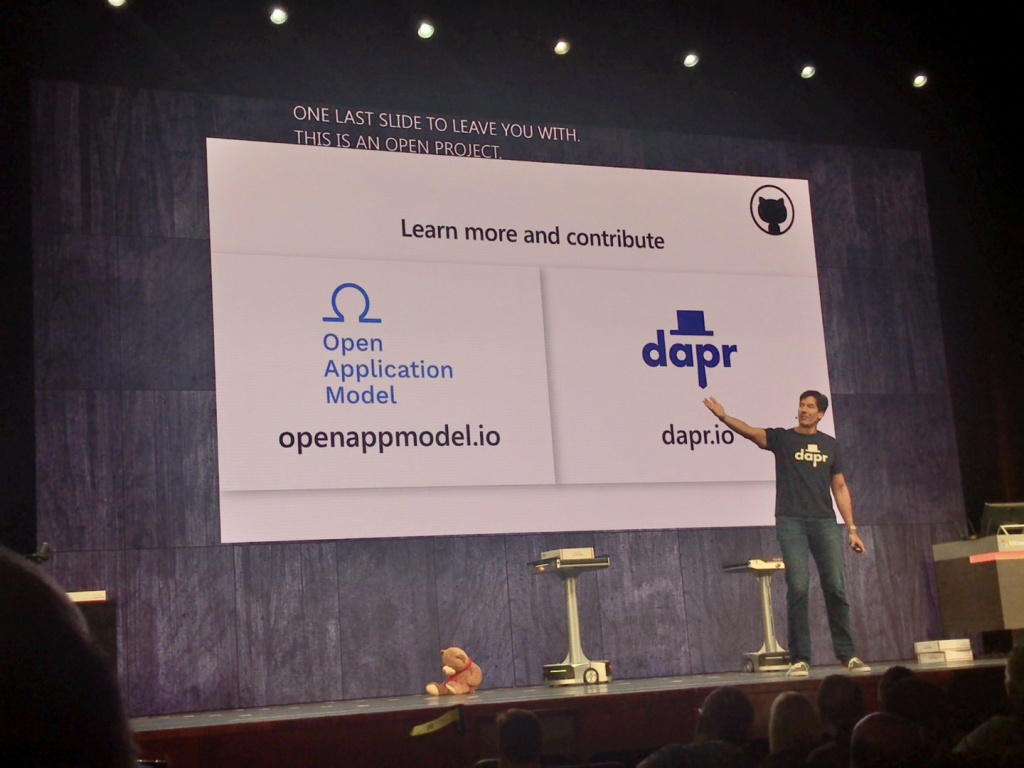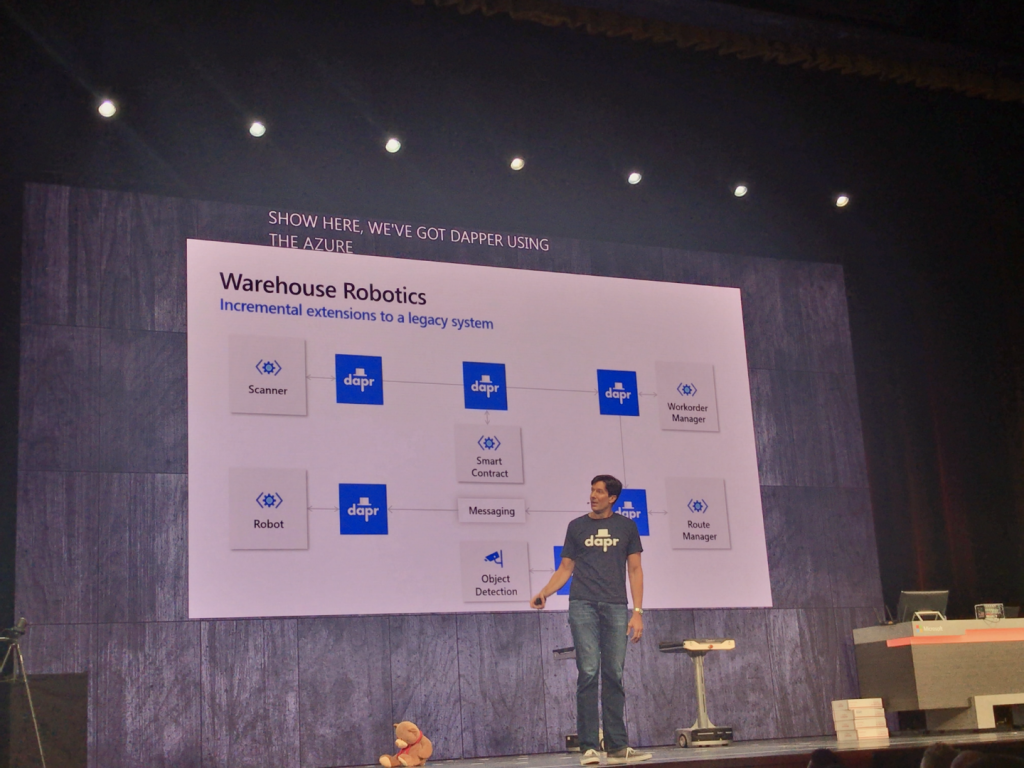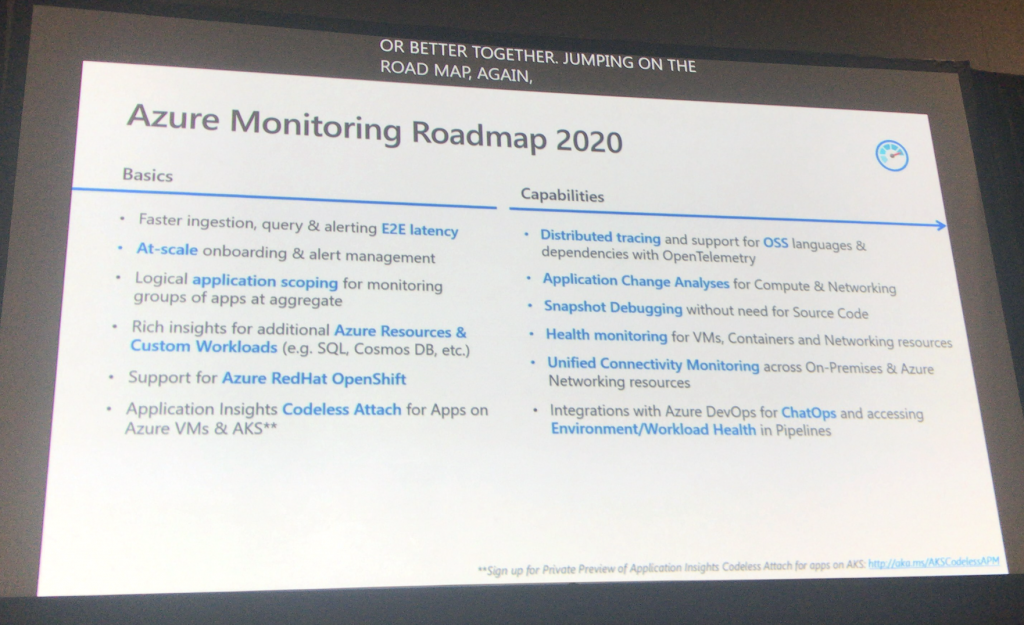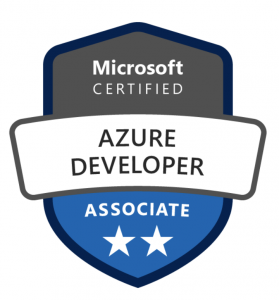Microsoft Ignite - Azure announcements and more
- 4 minutes read - 842 wordsJust recently I attended Microsoft Ignite, Microsoft’s annual flagship technology conference with a focus on cloud and developers. The key theme this year was around “Tech Intensity” that Satya also talked about on LinkedIn earlier this year. Here is a quote from the LinkedIn post:
There are two aspects to tech intensity: First, every organization will need to be a fast adopter of best-in- class technology, and equally important, they will need to build their own unique digital capabilities, which starts with workers who are deeply knowledgeable about the latest technology. I think of tech intensity as being an equation – (tech adoption) ^ tech capabilities = tech intensity – and as a company Microsoft is focused on providing the inputs to help our customers solve it.
At Ignite, he slightly adjusted this equation to
Tech intensity = (Tech adoption x Tech capability) ^ Trust
So, trust is what actually came to the equation and this is what they build this conference around.

Announcements
Hybrid and Data
Microsoft made a lot of announcements this year including
- hybrid strategy: Azure Arc, Azure Stack Hub and Azure Stack Edge that are meant to compete with AWS Outposts and Google Anthos
- extension of data warehouse solutions: Azure Synapse Analytics, a revamping of Azure SQL Data Warehouse that includes capabilities from Azure Data Factory
Building Cloud Native Applications
From a developer or rather DevOps perspective, the most fascinating announcements were around a specification for building cloud native applications called Open Application Model (OAM, see specification for more details). Microsoft partnered with Alibaba Cloud to co-create this specification. This model is catered towards helping
- Developers describe what a microservice or component does, and how it can be configured
- Application Operators configure the runtime aspects of one or more of these microservices
- Infrastructure Operators set up and maintain the infrastructure within which applications run
<img src="images/how-it-works.png" alt="How it works">
Microsoft even created a first implementation of this model called Rudr (please do not ask me how they come up with these names , there is another one coming later) that allows users to deploy and manage applications easily on any Kubernetes cluster with separation of concerns of application developer and operator.
<img src="images/rudr-how-it-works.png" alt="rudr arch">
Distributed Application Runtime
Another exciting news was around a new distributed application runtime called Dapr. Dapr is a portable, event-driven runtime that makes it easy for developers to build resilient, microservice stateless and stateful applications that run on the cloud and edge and embraces the diversity of languages and developer frameworks. No one less than Mark Russinovich (LinkedIn https://www.linkedin.com/in/markrussinovich/) himself announced this at Ignite.

He even showed a live example implemented with Dapr that besides some microservices included things like robots and cameras. The robots actually moved around the teddy bear

Monitoring
Here is what got announced during Ignite for Azure Monitor (focusing on the most important announcements):
- Monitor hybrid Kubernetes clusters on-premises and on Azure Stack (with AKS Engine) … in preview
- Availability of Prometheus integration
- Network Insights: visibility into network topology, dependencies, health, and other key metrics for related network resources … in preview
- Log integrations: stream every type of activity log for your subscription to Azure Monitor Logs, Event Hub, and Storage … in preview
- Live container metrics and live deployments**:** adding the ability to see live performance metrics and live deployments in your AKS cluster (Microsoft exclusively mentions AKS as a requirement) … in preview
- Application Insights “codeless” onboarding method
Here are also a couple of items that are on roadmap for 2020:

Certification
As part of the conference, Microsoft Learning offered free certification exams. This typically comes at a cost of $165 per exam. Since I wanted to get certified on the Microsoft Azure ecosystem for quite some time, I thought it would be a good idea to register for one of the exams and try to achieve the certificate while at Ignite.
So, I went ahead and booked a timeslot with Microsoft Learning (or rather Pearson VUE that acts as the fulfiller) on Sunday before the conference starts. Weeks in advance, I also blocked some time in my calendar for preparation. Well, the time blocking did not help too much since I got pulled into too many meetings and actually could not prepare as much as I wanted to. At the end of the day I only had Friday and Saturday before the exam to actually get prepared. I leveraged our Linux Academy subscription which is really an awesome resource to prepare for something like that. It offers great content and learning opportunity and also provides access to practice exams which are very useful.
The certification of choice for me was the “Microsoft Certified: Azure Developer Associate” and Linux Academy happens to have a prep course for exactly that, see link (original URL https://linuxacademy.com/course/microsoft-certified-azure-developer-exam-203-prep/). I can only encourage everyone to go check out Linux Academy. An awesome learning resource!

Well, what can I say, I am really excited that I passed the exam and can share that I am officially certified now as an Azure Developer Associate.